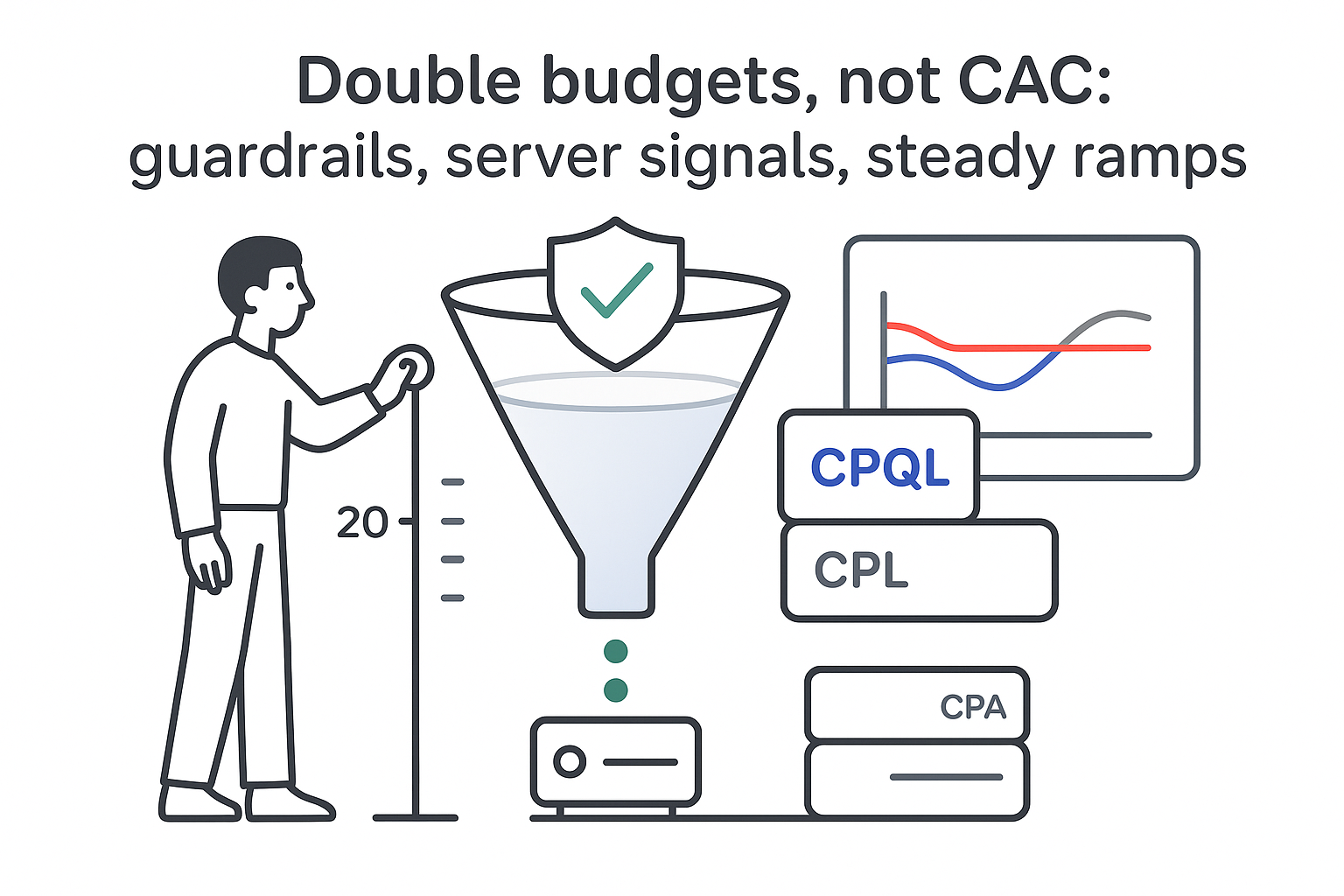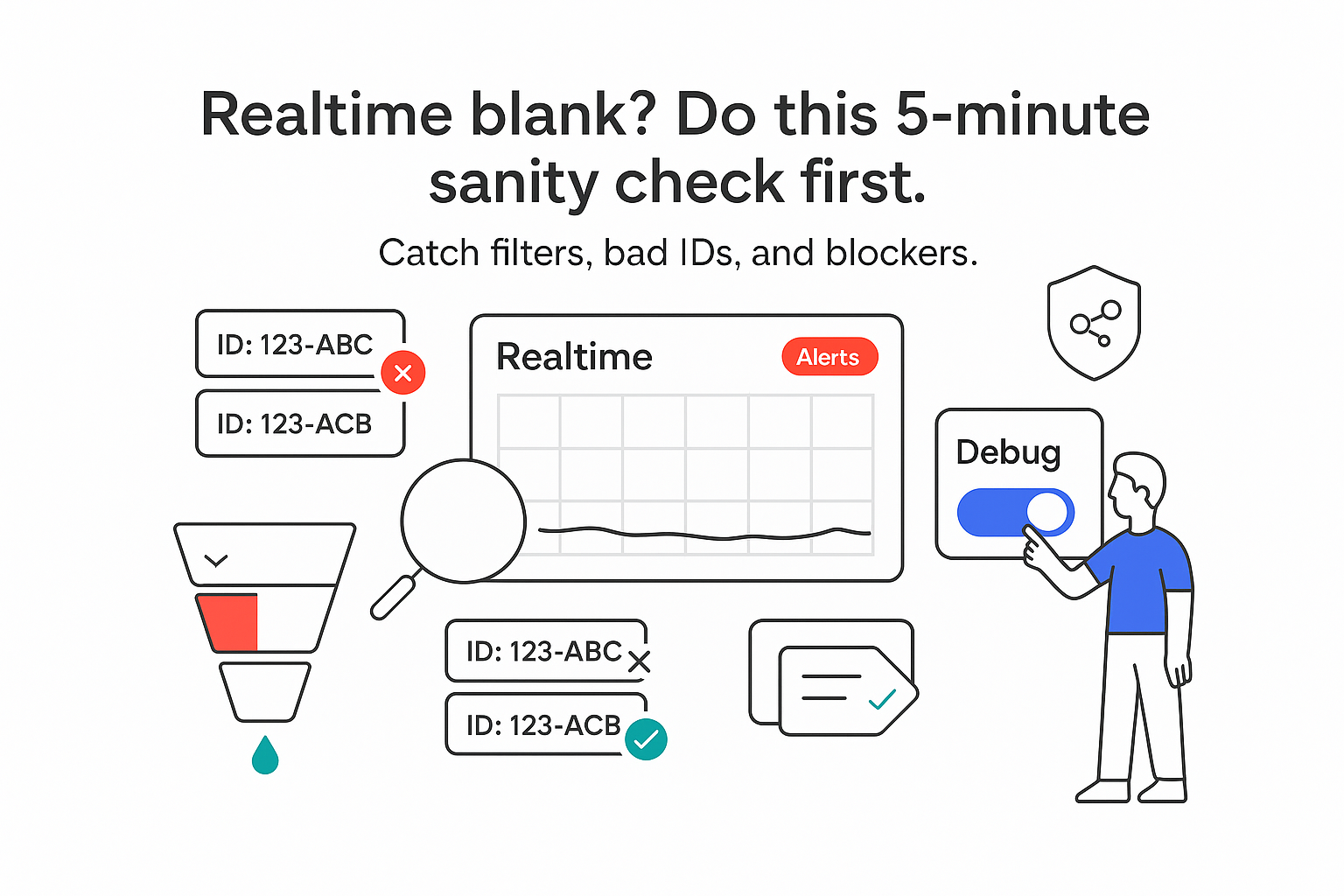Most B2B service companies do not need more noise. They need a calm, consistent way to turn intent into pipeline without an arms race of tools or headcount. I focus on the work that moves dollars: ship bottom-of-funnel assets first, clean up indexation and internal links, and make conversion paths that sales trusts. The point is to tie each sprint to revenue, not vanity metrics.
A 90-day path to qualified pipeline
I start with pages and fixes that convert the fastest, then expand coverage once the foundation is stable.
Days 0 to 30: establish foundations and ship first BOFU assets
Launch bottom-of-funnel pages for the top services and at least one industry, with clear outcomes, proof, and next steps. Resolve indexation and sitemap issues that block crawling and rankings and standardize canonical rules. Publish comparison pages that capture late-stage intent. Add FAQ schema to priority pages and push context-rich internal links to them. Stand up a clean form-to-CRM flow with consistent UTMs and source and medium governance.
Days 31 to 60: scale what is working
Publish more bottom-of-funnel and industry pages along with additional comparison pages. Strengthen internal links from high-traffic legacy content to new revenue pages. Add service and FAQ schema where relevant and refresh at least one case study or proof asset. Review form fields, routing, and time to first response to protect pipeline quality.
Days 61 to 90: expand coverage and improve speed
Ship use case pages, an ROI page, and more comparisons. Fix Core Web Vitals issues across core templates and simplify heavy scripts. Add topic clusters to navigation to help users and bots move through the site with less friction.
Map search intent to conversion paths
Traffic alone does not answer a CFO's question. Pipeline quality does. I map keywords to buying intent and route the right visitor to the right action.
Bottom-of-funnel searches (buy intent)
Queries include service plus pricing or cost, brand plus alternatives, and local variants. Route to service, pricing, or packaging pages and short forms with intent fields. Run weekly sales reviews of these leads to maintain acceptance and tight feedback loops.
Middle-of-funnel searches (compare options)
Queries include "X vs Y," "alternatives to," and industry-specific solutions. Route to comparison and industry pages and light-gate educational sessions if needed. Agree in advance on fast-track criteria so high-fit records skip the queue.
Top-of-funnel searches (teach and frame)
Focus on "how to" topics, frameworks, and decision guides tied to ICP pains. Keep volume selective and push a single, relevant next step to high-intent pages. No content mill.
Qualification flow I use
ICP fit includes industry, size, tech stack, and budget signals. Pain is the exact problem in their words. Authority is a budget holder or a strong champion with an active project.
Form and routing essentials
Use short forms on bottom-of-funnel pages with a few intent fields. Apply progressive fields for returning visitors. Set clear routes: high fit to AEs, mid fit to SDRs, lower fit to nurture with a defined exit path.
Content architecture that skews to revenue
Clusters keep a site tidy and help search engines and buyers move with confidence. I bias toward pages that drive conversations.
Recommended clusters
Solutions: core services, pricing, ROI, process, implementation, and security. Industries: top verticals with tailored outcomes and use cases. Comparisons: "vs," "alternatives," and "replacement" pages. Use cases: by job title and problem, plus integration guides.
Priorities and pace
Focus on bottom and middle of funnel first. Target a sustainable cadence, for example 6 to 8 new pieces per month, with a couple of refreshes. Ship case studies and ROI content early because they convert and enable sales.
SME interview workflow that keeps quality high
Run a 30-minute recorded chat with a subject-matter expert guided by a short brief and three core questions. Turn that into a draft within two days and secure SME review within one. Add quotes, proof, and screenshots, then publish. Repurpose sparingly to support a single user journey.
Internal linking and schema
Each new page links up to its hub, down to spokes, and sideways to siblings. Add links from legacy traffic pages to new revenue pages using descriptive anchor text. Use Service or Product and FAQ schema where relevant, and add policy-compliant notes if reviews are present.
Technical foundations that move the needle
This is the work that rarely makes a slide but often drives results. I treat foundational issues as non-negotiable and fix them before scaling content.
Critical areas to address early
Indexation and sitemaps with accurate coverage and auto-update. Crawl budget and server response patterns that slow discovery. Core Web Vitals (LCP, CLS, INP) based on field data across templates. Duplicate and thin content from parameters, archives, or near-duplicates. JavaScript rendering and hydration that block content or links. Clear service and location URL structure and redirects. Schema coverage and validity for core entities. Security, HTTPS, canonicals, pagination, and hreflang where appropriate. Internal link depth to ensure bottom-of-funnel pages are within reach.
Triage and timing
P1 blocks crawling or tracking - fix immediately. P2 degrades user experience or rankings - address inside the sprint. P3 are enhancements - schedule next sprint.
What I track before and after
Search Console coverage and crawl stats. Core Web Vitals field metrics. Pages discovered, time to interactive, and stability improvements (CLS). Changes in impressions, CTR, and conversions on priority templates.
Simple ROI model for B2B SEO
Revenue math should be clear and easy to interrogate. I build a sheet with inputs and let scenario ranges do the talking.
Inputs to define
Baseline organic traffic per month. Target keywords by funnel stage and current rank. Expected CTR by rank slot. Visit-to-MQL rate by page type. MQL-to-SQL and SQL-to-closed-won rates. Average contract value and LTV. Typical sales cycle length.
Example (conservative vs expected)
Baseline: 10,000 organic visits per month. Target: 20 bottom- and middle-funnel terms pushed into the top three. CTR for top three often ranges from 12 to 25 percent depending on SERP features. If 3,000 extra visits land on revenue pages and convert at 2.5 percent, that is 75 submissions. If 50 percent become MQLs, that is 37 MQLs. If 55 percent become SQLs, that is 20 SQLs. If 25 percent close, that is 5 deals. At 40,000 dollars ACV, that is 200,000 dollars per sales cycle. Conservative scenarios halve the extra visits or use lower conversion rates. Sensitivity lives in three levers I track weekly: CTR by rank, visit-to-form by page, and sales acceptance. Small gains across all three compound.
Timeline, expectations, and cross-channel lift
SEO compounds, but the pace depends on market difficulty and domain strength. I set milestones and keep the scope realistic.
Milestones to anchor around
Days 0 to 30: audits, foundations, tracking, and first bottom-of-funnel briefs. Days 31 to 60: priority pages live, internal links, technical fixes, and schema. Days 61 to 90: first rankings and leads, with comparison and industry pages live. Months 3 to 6: compounding growth across clusters, and case studies and ROI pages that lift SQLs. Months 6 to 12: stronger category signals, more branded search, and faster sales due to trust.
Quick wins vs durable gains
Quick wins include indexation fixes, internal links, bottom-of-funnel pages, helpful schema, and pricing clarity. Durable gains come from deep clusters, case studies, industry authority, and healthy Web Vitals.
How SEO supports paid and outbound
Paid search captures demand while SEO grows it, and comparison and ROI pages lift lead quality for both. Outbound teams can use new pages and case studies in sequences to improve reply rates and objection handling. Publishing pricing and ROI content ahead of seasonal spikes smooths pipeline when budget cycles hit.
A final note: if you have dealt with thin reports or shifting priorities, you are not alone. I keep the work simple, measurable, and repeatable. Write the plan, ship the work, watch the numbers, and say it out loud when something slips so it can be fixed fast. That kind of steady operating cadence is how pipeline grows without drama.







.svg)